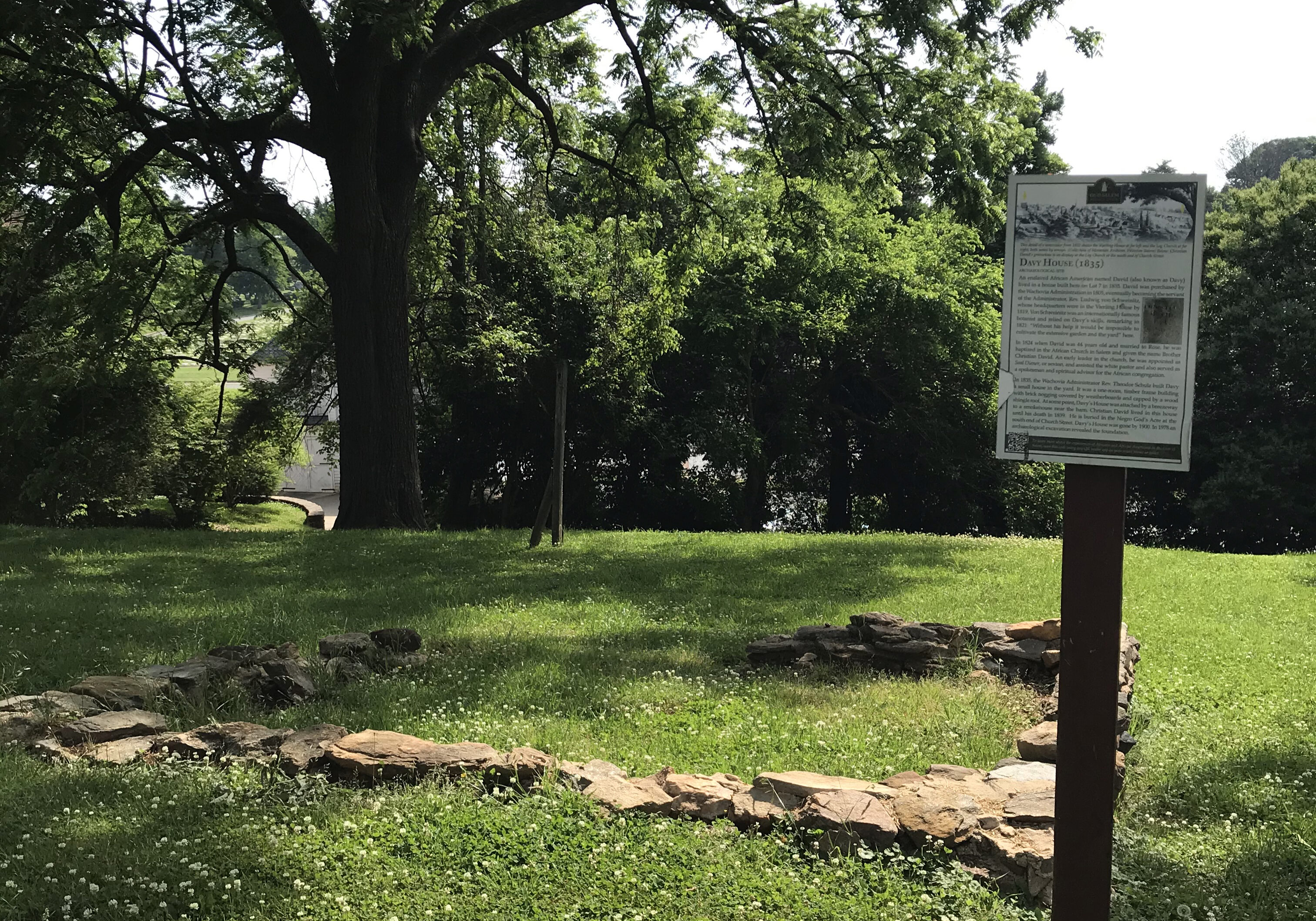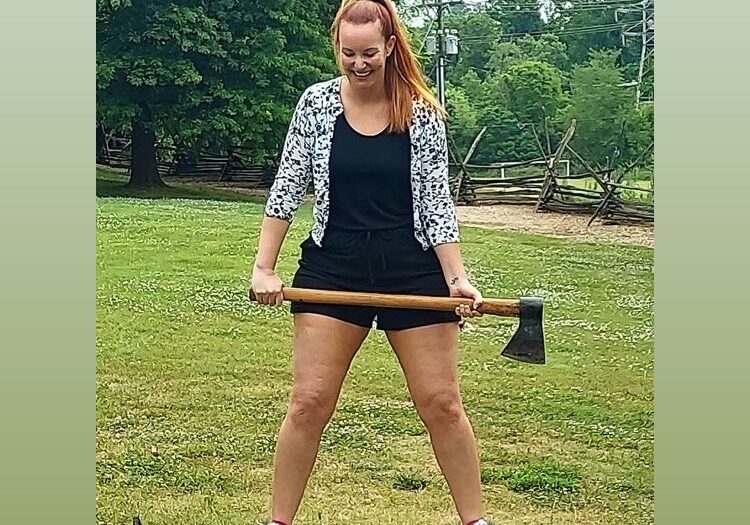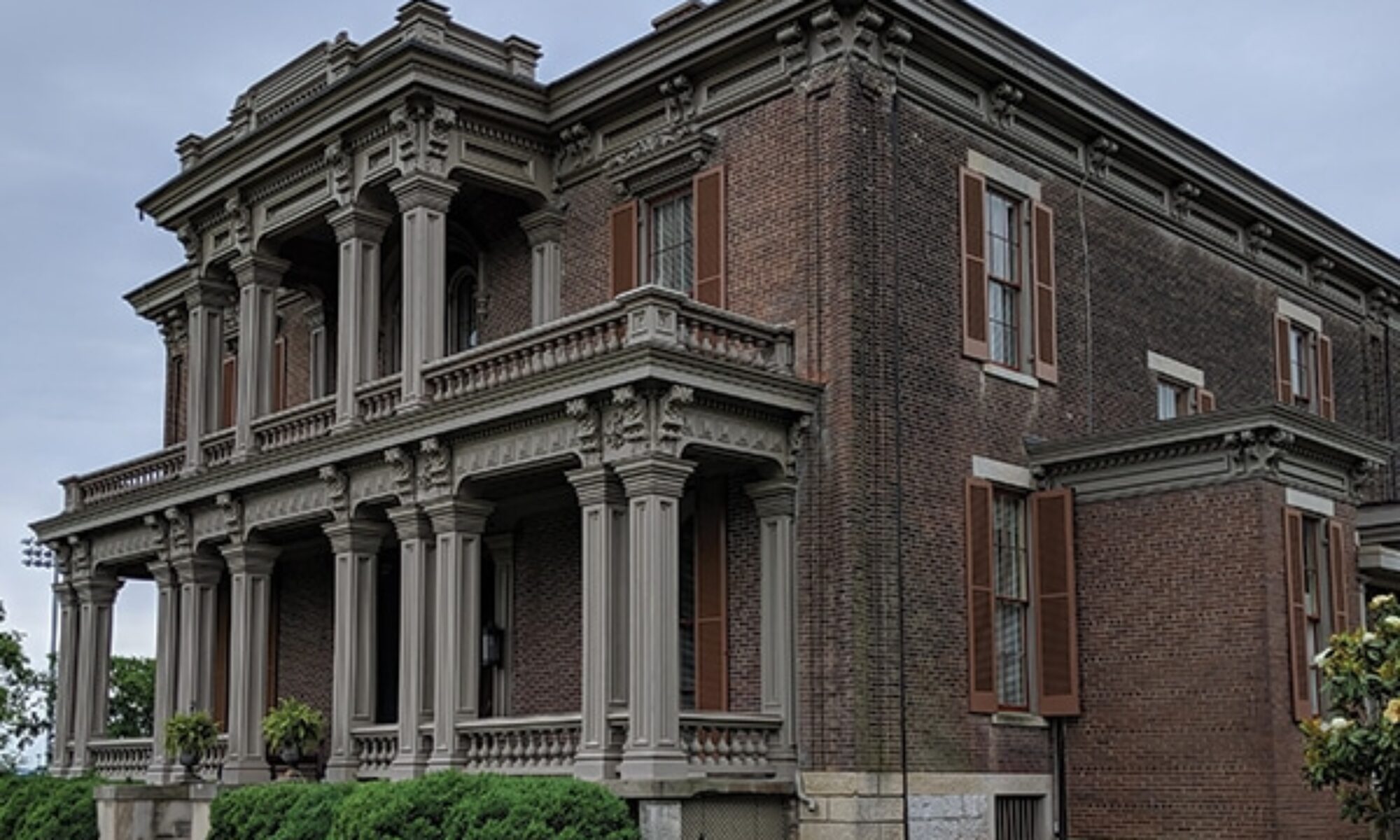Maymester Project



Old Salem Museums & Gardens in Winston-Salem, North Carolina
In May 2021, I took Dr. Molly Taylor-Poleskey's Maymester course. We worked on the ongoing digital project “Hidden Town in 3D”: a partnership between MTSU’s digital history program, the Animation Department, and Old Salem Museums and Gardens. The intent of this project is to reveal the stories of the African Americans who lived in the Moravian town of Salem, North Carolina in the 19th and early 20th centuries. I chose to focus on the garden spaces of the Administrator’s home and how they related to an enslaved man known as Christian David (or Davy). Gardens can be decorative, certainly, but they are also often necessary to a community’s survival. They are important components of the landscape that can be ignored in the history books but were significant parts of people’s lives.
Hidden Town in 3D
Lewis David Von Schweinitz, a Moravian known as a botanist and mycologist, catalogued the flora in a thirty-mile radius of the town in the 1810s through the 1820s, culminating in his work Flora Salemitana. The property that Von Schweinitz lived in while Administrator was built for Dr. Samuel Benjamin Vierling, the previous resident. The Doctor’s House (or the Vierling House), as it is known in Old Salem today, was constructed in 1802, and became Von Schweinitz’s home. He served as Administrator from 1812 to 1817, when he was called away by the Moravian church to perform his duties elsewhere. During the tenure of both Vierling and Von Schweinitz, there is evidence of medicinal gardens on the property.
Christian David, born around 1780, was purchased by the Wachovia Administration in 1805 for about $400 to labor at the distillery in Bethabara. The Administration moved him to the Schulman Plantation in 1817, and he is under the care of von Schweinitz by 1821. He is baptized in the Moravian church three years later and is ultimately named a sexton in St. Phillips Church. Theodore Schulz takes over as Administrator after Von Schweinitz and is responsible for Christian David for the rest of his life. Schulz has a house built for David in 1835, where we can assume he lived until his death in 1839.
In unpublished research by Jon F. Sensbach, Christian David (or Davy) is noted as an important figure in the town of Salem and that he was responsible for tending to important garden spaces. Sensbach states that “Davy cultivated the garden and vineyards below the Vierling House.” In a letter between Von Schweinitz and Schulz discussing the transition of Administrator duties, it is noted that the vineyard consisted of 250 vines and was successful due to Christian David’s work on the site. In this letter, Von Schweinitz also implores Schulz to continue to take care of Davy and allow him to live out his days at the Administrator’s home.
In the case of Christian David, his success as a gardener could have resulted in his ability to stay in the Moravian community in the last years of his life. As von Schweinitz implores Schulz to keep David at the Administrator’s home, he sites David’s ability to tend to the garden spaces and the vineyard.
